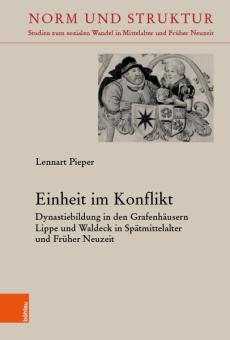Unity in Conflict
Historian Lennart Pieper examines in his dissertation how early modern dynasties came into being

As high as the importance of dynasties for pre-modern history was, so weak was generally their social unity. In his dissertation “Einheit im Konflikt” (Unity in Conflict), historian Lennart Pieper analyses the formation of dynasties between the 15th and 17th centuries using the numerous conflicts in the comital families of Lippe and Waldeck as examples. Since the end of the Middle Ages, the increasing importance of dynastic thinking in the high nobility had been reflected in family chronicles and genealogies as well as in complex succession regulations and controlled marriage behaviour.
Using the comital families of Lippe and Waldeck as examples, Pieper analyses various practices and discourses in dynastic formation, in the course of which noble family organisations took on an institutional form. The focus is particularly on the conflicts that have been waged by the individual actors over the shaping of the social order, over participation in rule and ownership, and over the implementation of norms. The study reveals that the process of dynasty formation by no means led straight to increased integration, but was characterised by upheavals and disruptions. Therefore, new ways had to be found to symbolically express the dynasty’s unity. (Vandenhoeck & Ruprecht/sca)

